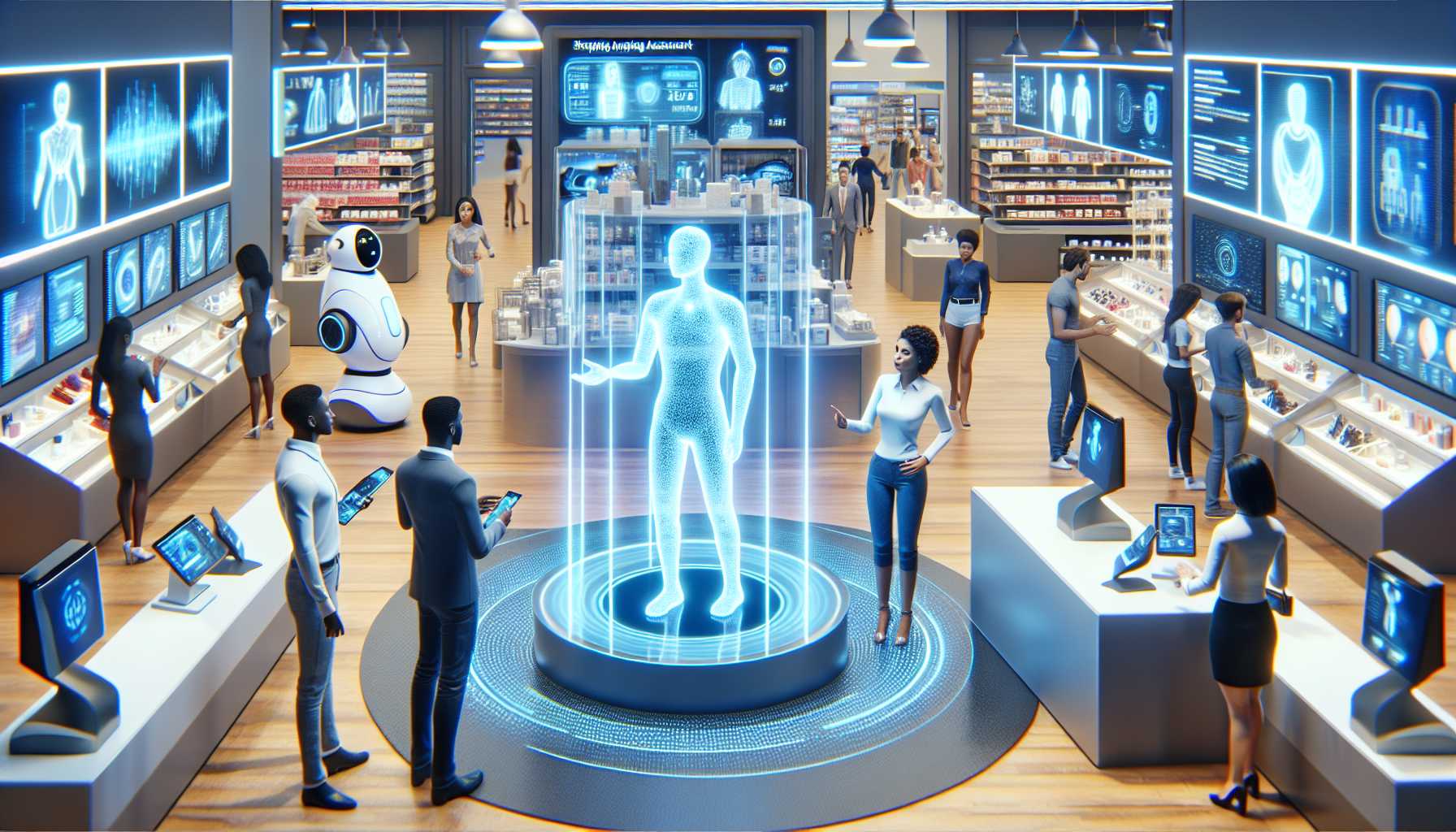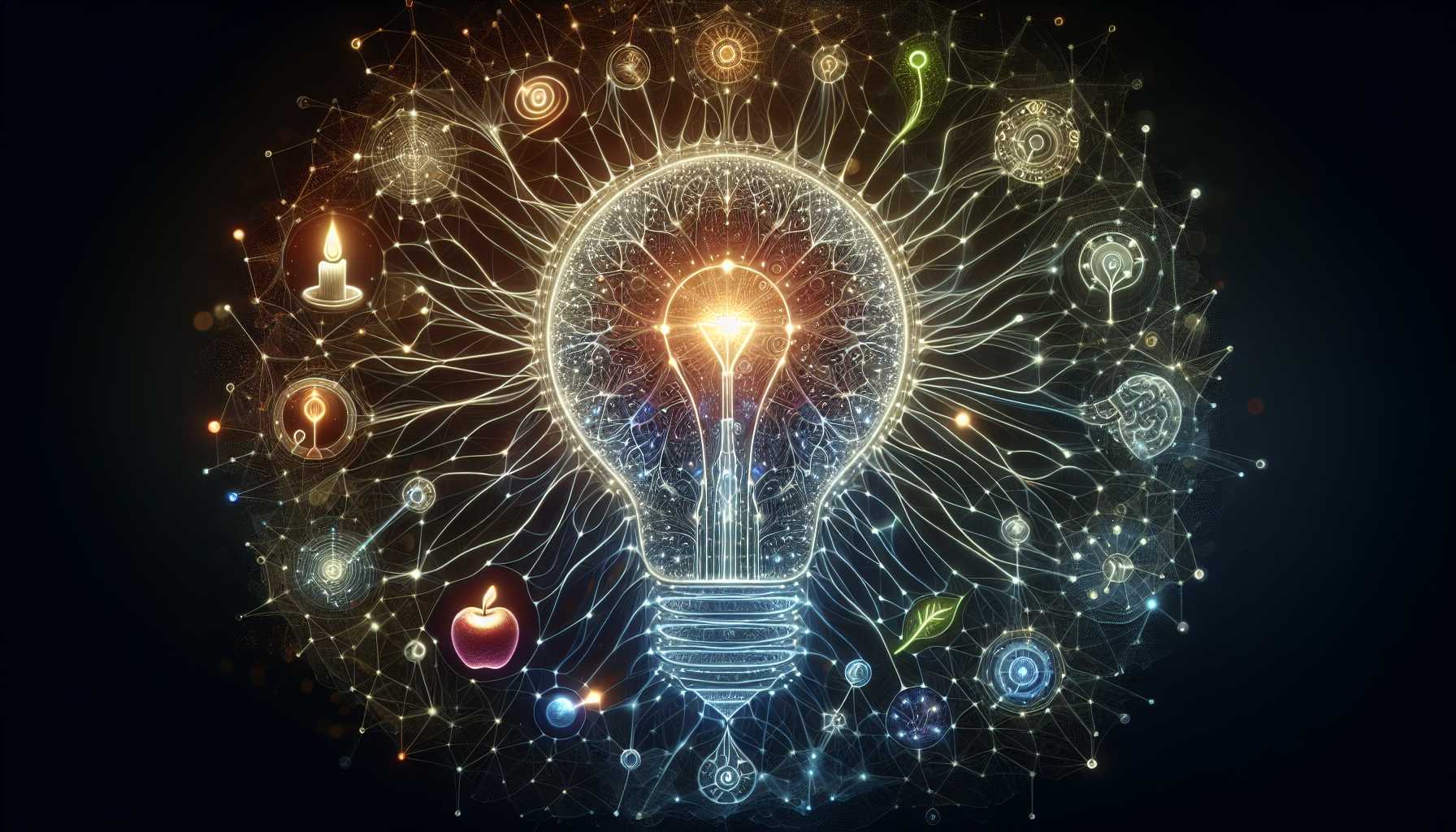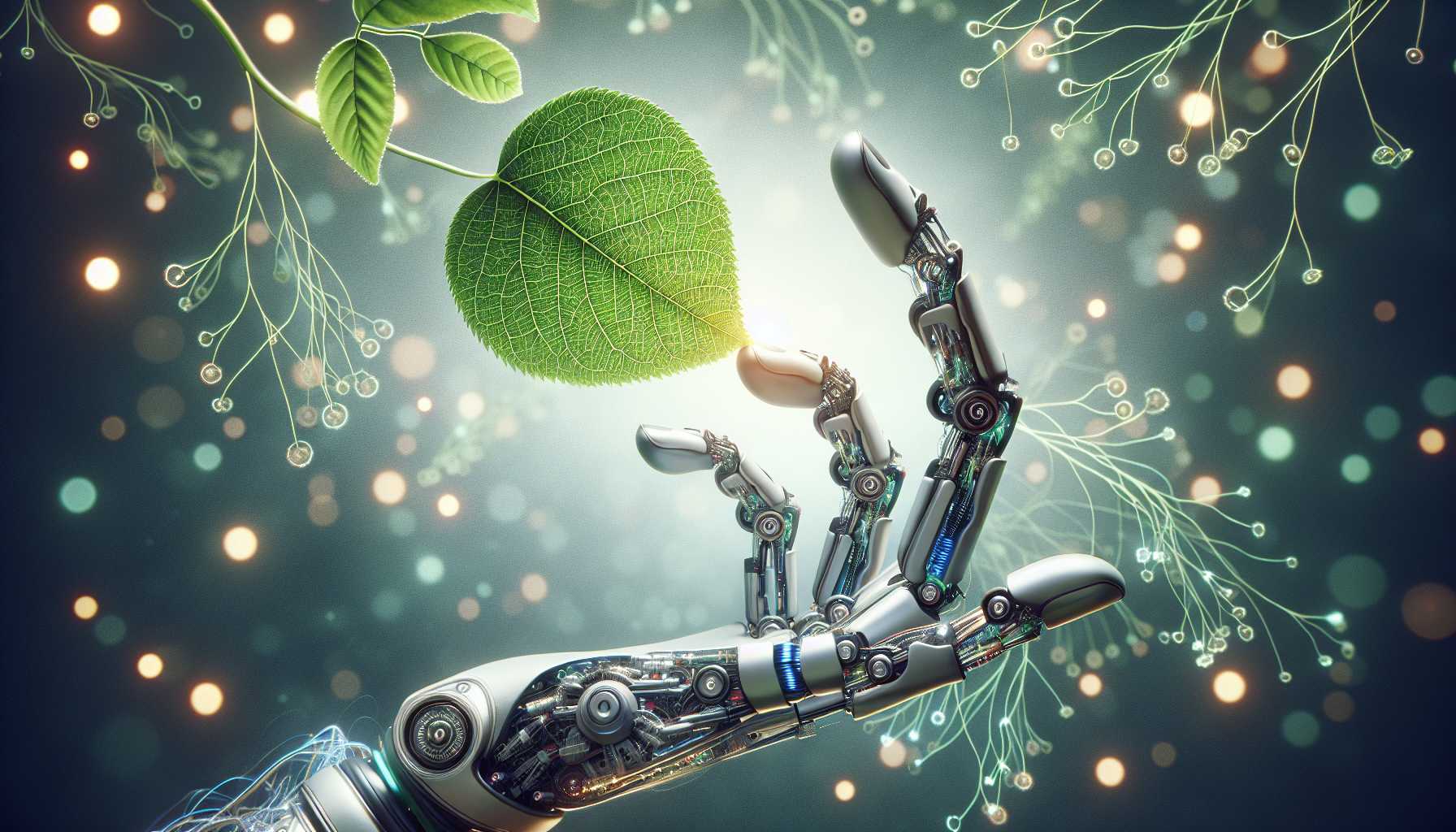The Rise of AI Shopping Assistants
With the shopping landscape ever-evolving, it’s no surprise that AI is stepping up to the cart. Say hello to Rufus, Amazon’s newly unveiled AI-powered shopping assistant, an innovator set to potentially redefine the browsing-to-buying experience. By harnessing Amazon’s gargantuan product catalog and the vast web, Rufus aims to simplify the search and discovery of products right within the Amazon mobile app. But what’s truly groundbreaking about Rufus isn’t just its ability to locate the perfect pair of running shoes; it’s the promise of an intuitive and streamlined shopping experience at your fingertips. Whether it’s discerning the nuances between trail and road runners, or curating a selection of winter wardrobe essentials, Rufus endeavors to make ‘add to cart’ a breeze. Yet, I hear you ask, is this tech sophistication truly at the top of every shopper’s wishlist?
Shopping with AI: Need or Novelty?
As a seasoned techie, I often dip into the stream of emerging tech. But outside our digital bubble, the applause is more of a patter than a roar. Let’s crunch the numbers: only a fraction of adults in the U.S. have dabbled with ChatGPT, the poster child of conversational AI, according to a Pew Research Center survey. This sparks a poignant question: Is the hullabaloo surrounding General AI (GenAI) chatbots, like Rufus, resonating with everyday consumers? The answer seems muddled. GenAI certainly has its quirks, including credibility hiccups. Bias and misinformation can slip through its digits, as seen with Amazon’s previous GenAI bot, Amazon Q, which had an embarrassing leak of confidential data right at its debut. Yet there’s a grimmer dilemma at the consumer’s end: Is an AI chatbot genuinely the salve to their shopping sore points?
User-Centric Shopping: The Human Vs. AI Dichotomy
A poll by Namogoo swung the spotlight over to the anatomy of a satisfactory e-commerce experience—product images clinched the top spot, followed by reviews and descriptions. Funnily enough, an intuitive search and user-friendly navigation, the sectors where AI could shine, languished in the rankings. This raises doubt about Rufus’s potential to resonate with the masses. Could it be that users are simply looking for something else in their online shopping ventures?
GenAI’s Playground: From Maps to Melodies
As we traverse the tech terrain, it’s clear that AI’s touch is expansive. Google Maps flaunts a GenAI feature nudging you toward new destinations, while Google melodiously rolls out AI tools for music and visual creations, hand in hand with Gemini Pro’s prowess. Meanwhile, the Allen Institute for AI waves the flag of openness and accessibility with its latest language models, designed to inspire innovation across AI’s landscape by removing licensing shackles. Flip the coin, and you’ll find the FCC considering a heavy hand against AI-generated robocalls, and Shopify unveiling a GenAI media editor sharpening e-commerce advertisements’ visual appeal.
Embracing AI: OpenAI’s Educational Endeavor and Third-party Twists
Not to be outdone, OpenAI is building bridges with Common Sense Media to sculpt AI guidelines, nurturing a tech-savvy younger generation. It’s also championing third-party app integration with its GPT-powered ChatGPT, morphing chats into a more adaptable and robust experience.
The Uncommon Sense of AI Perspectives
Amidst this surge of AI applications, a burning question flickers—what about AI’s grasp of common sense? In a compelling study, the University of Pennsylvania explores this human cornerstone, revealing that ‘common’ sense might not be as ubiquitous as we believe. This realization could reshape how we benchmark AI’s understanding and responses against our own multifaceted perceptions.
AI Innovations: Inclusion, Digital Forestry, and Robot Sensitivity
Enterprises like Latimer are pioneering inclusivity-driven models, while Purdue’s Institute for Digital Forestry delves into the arboricultural world with AI capable of realistically simulating tree growth. Imagine a digital forest thriving inside a chip—a geek’s eco-dream. Lastly, Cambridge University’s leap in robotic sensitivity presents us with a robot that deciphers braille at astonishing speeds. Beyond aiding the visually impaired, this feat points to the nuanced potential of robot sensory systems.
Overall, as we pivot towards an evermore AI-centric world, it’s critical to question and conceptualize how we marry the tech’s abilities with genuine consumer needs. Only time will tell if innovations like Rufus will redefine the retail realm or remain as just another blip on the tech radar. Until then, let’s keep decoding the jargon and spin the wheel of tech roulette!







